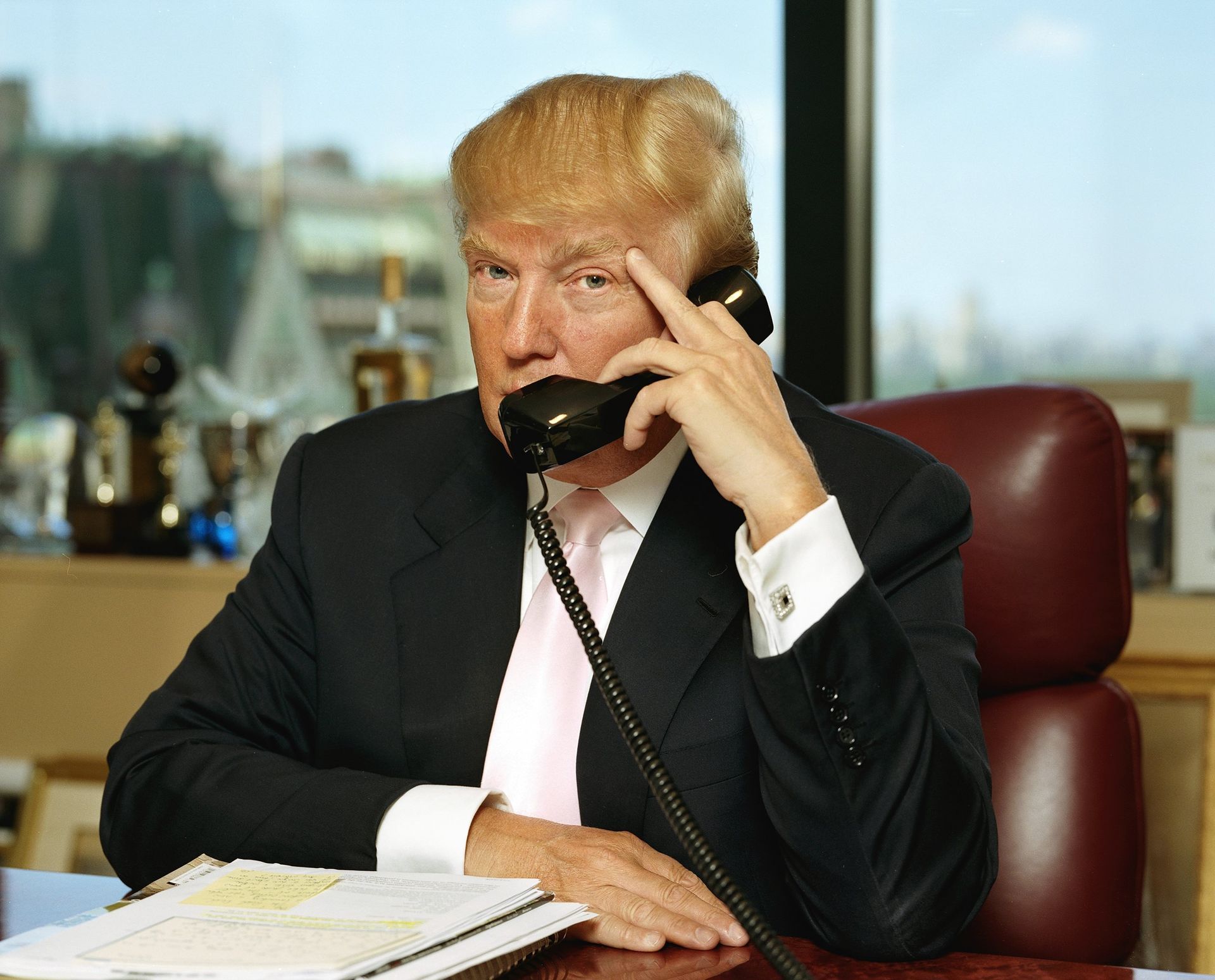 General
General
Intellectual Property Infringement in the Fashion Industry
The Importance of Intellectual Property in Fashion
The fashion industry thrives on innovation and creativity, with designers constantly pushing boundaries to bring fresh and unique designs to the market. Intellectual property rights play a crucial role in protecting these creative expressions and ensuring that designers receive credit and financial compensation for their work. Just as in any other industry, fashion designers rely on copyright, trademark, and design patents to safeguard their intellectual property from infringement.
The Rise of Counterfeit Fashion
Counterfeiting in the fashion industry has become an alarming issue in recent years. With the growth of online marketplaces and the ability for consumers to access a wide range of products at their fingertips, the prevalence of counterfeit fashion has increased substantially. Counterfeit fashion refers to the unauthorized reproduction or imitation of popular designs, often with the intention of deceiving customers into believing they are purchasing an authentic product.
Counterfeit fashion not only harms the original designer by stealing their creative ideas and profits, but it also deceives consumers who may unknowingly purchase subpar quality products. This undermines the reputation and integrity of the fashion industry as a whole. It is therefore crucial for fashion brands to take proactive measures to protect their intellectual property and combat the rise of counterfeit fashion.
Combating Intellectual Property Infringement
To effectively combat intellectual property infringement in the fashion industry, brands can implement several strategies. One of the most important steps is to register trademarks, copyrights, and design patents for their unique creations. By obtaining legal protection for their intellectual property, fashion brands can prevent others from using their designs without permission and take legal action against infringers.
Fashion brands can also collaborate with law enforcement agencies and intellectual property rights organizations to crack down on counterfeiters. Through partnerships and cooperation, these entities can work together to identify and seize counterfeit products, disrupt counterfeit supply chains, and bring legal action against infringers. By actively engaging in enforcement efforts, fashion brands can send a strong message that intellectual property infringement will not be tolerated.
Furthermore, educating consumers about the importance of purchasing genuine products and the risks associated with buying counterfeit fashion is vital. Brands can raise awareness through advertising campaigns, social media platforms, and collaborations with influencers. By providing consumers with information on how to spot counterfeit products and the negative consequences of supporting counterfeit fashion, brands can empower consumers to make informed purchasing decisions.
Inspiring Stories of Intellectual Property Protection
Despite the challenges and prevalence of intellectual property infringement in the fashion industry, there are inspiring stories of designers and brands successfully protecting their creative work. One such example is Christian Louboutin, the renowned shoe designer, who famously won a legal battle to trademark his signature red soles. This landmark case not only protected Louboutin’s iconic design but also set a precedent for the fashion industry regarding the protection of color as a distinctive trademark.
Another inspiring story is that of Diane von Furstenberg, who revolutionized the fashion industry with her iconic wrap dress. Recognizing the importance of protecting her designs, von Furstenberg has been an advocate for intellectual property rights and has actively engaged in lobbying efforts to strengthen legal protections for fashion designers.
These stories demonstrate the significance of actively defending intellectual property rights in the fashion industry. By taking a proactive approach to protecting their creative work, designers and brands can secure their place in the market, inspire innovation, and contribute to the continued growth of the fashion industry.
Conclusion
Intellectual property infringement in the fashion industry poses a significant threat to designers, brands, and consumers alike. As the industry continues to evolve and expand, it is crucial for stakeholders to prioritize the protection of intellectual property rights. By implementing strategies such as legal registration, collaboration with enforcement agencies, consumer education, and drawing inspiration from success stories, the fashion industry can effectively combat intellectual property infringement and foster a creative and innovative environment. If you’re looking to delve even further into the topic, https://Bestwondercloset.com/. We’ve specially prepared this external content, where you’ll find valuable information to broaden your knowledge.
Explore more about the subject in the related posts we suggest. Enjoy:







































